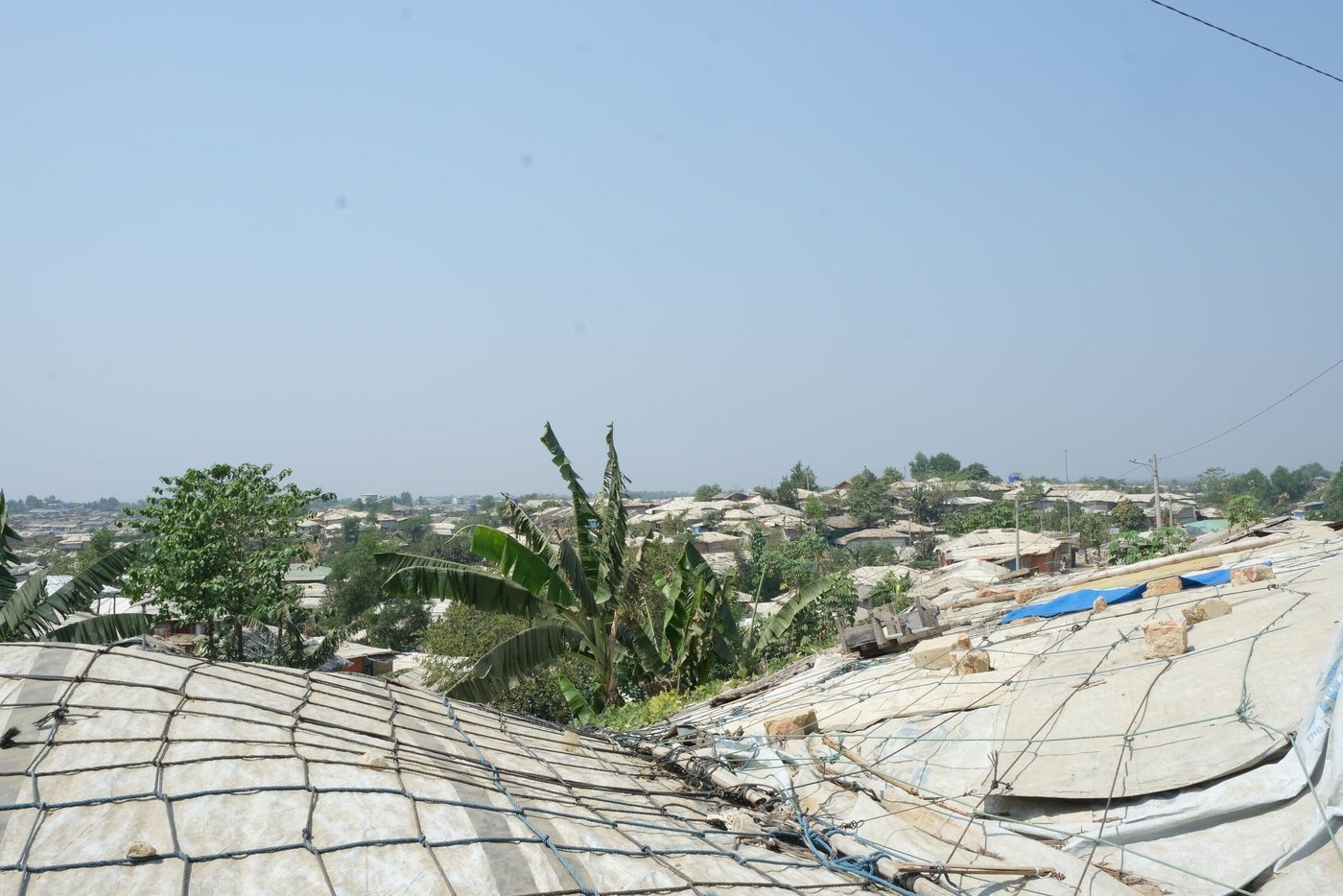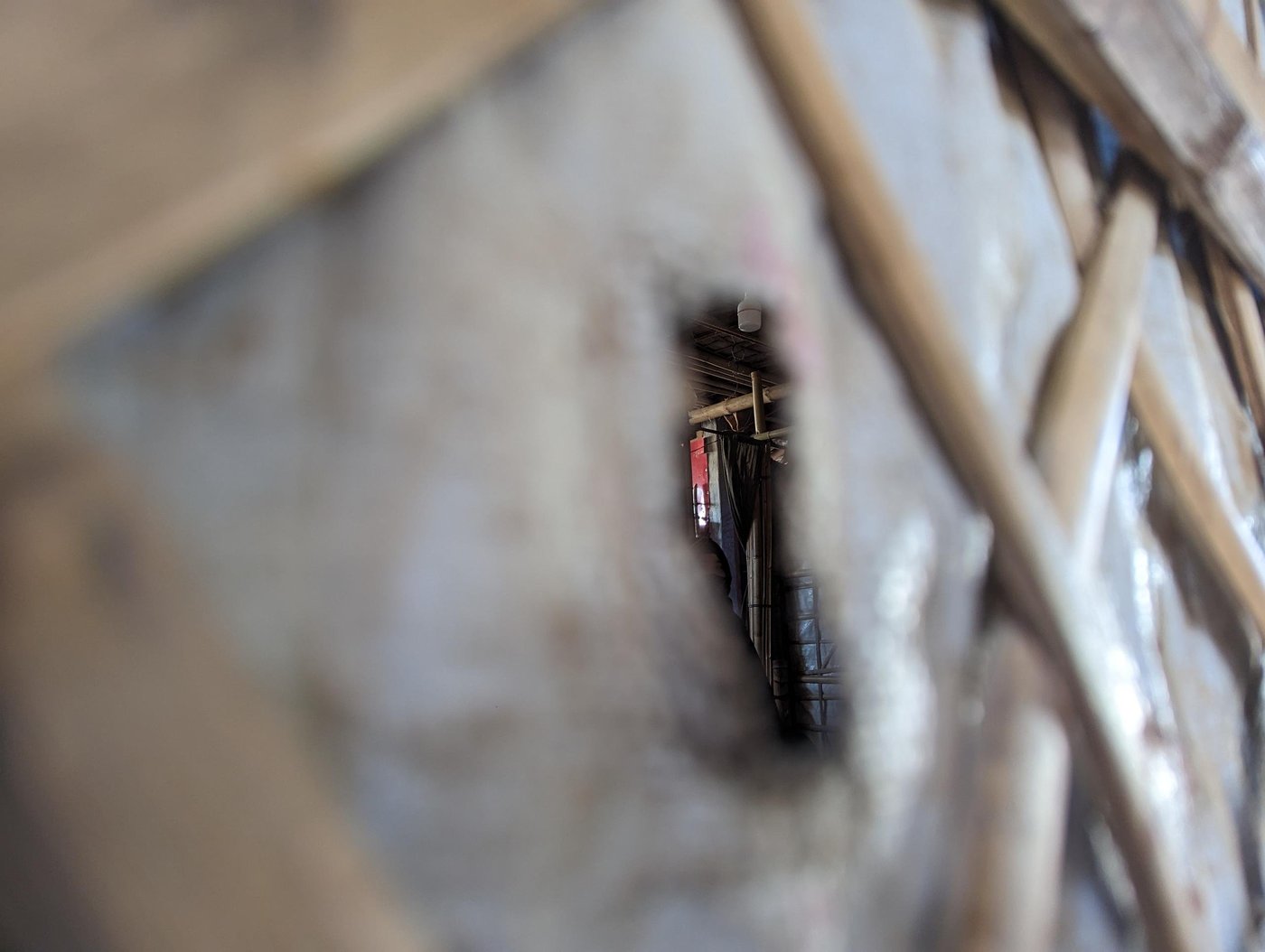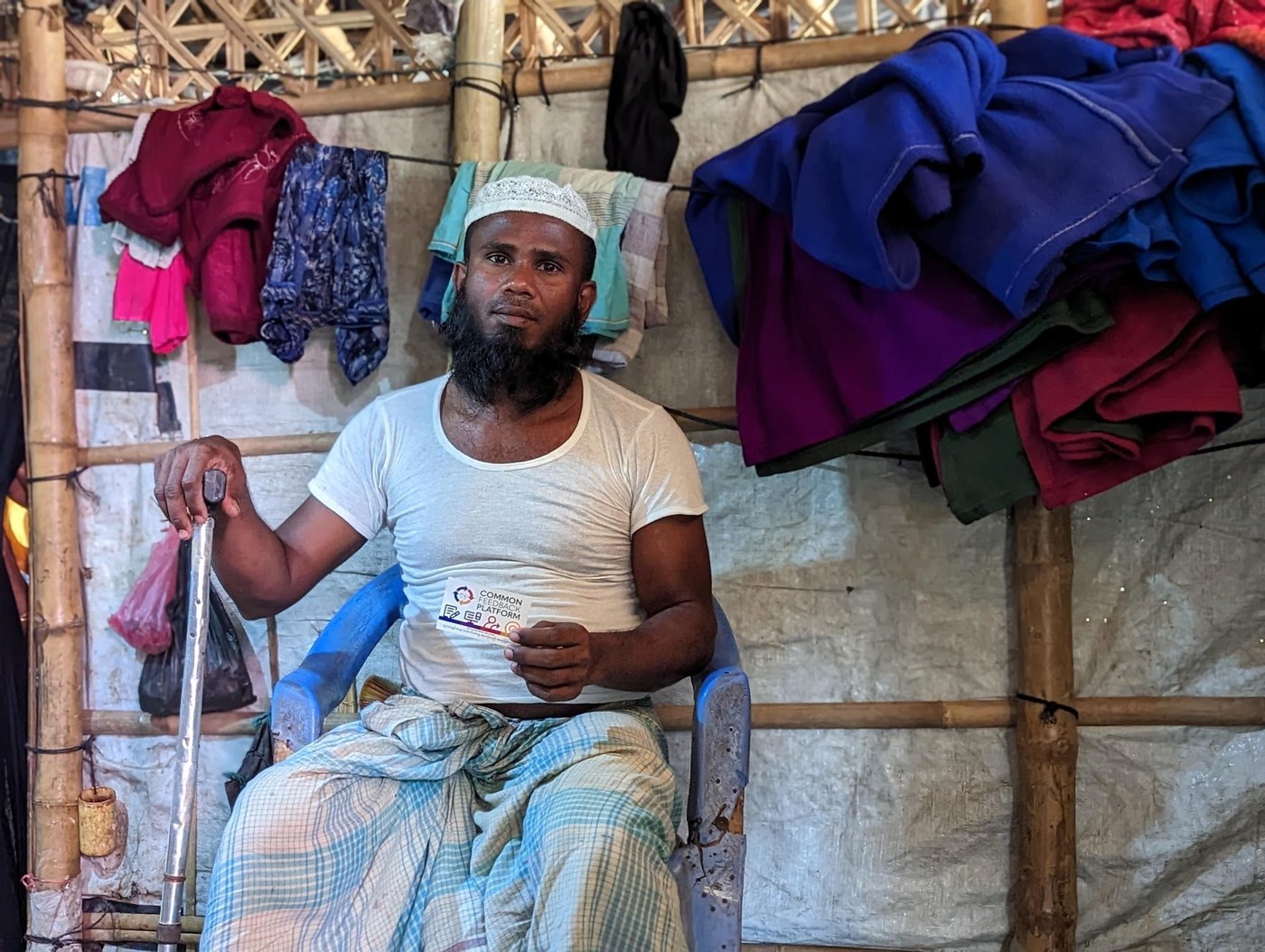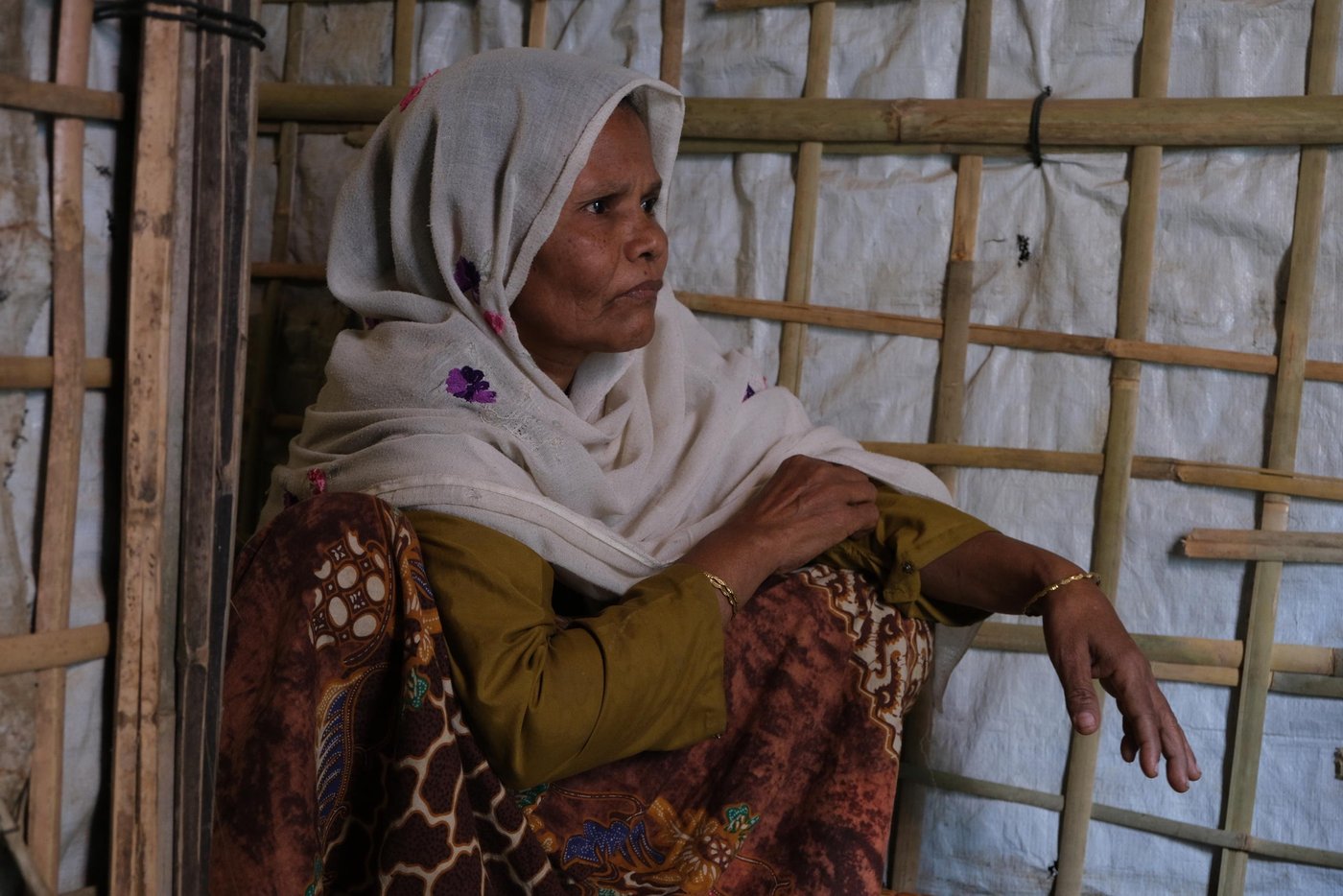The Norwegian Refugee Council (NRC) is particularly concerned about the safety of Rohingya refugees because of the materials used to make temporary shelters. Today, refugee families live in self-built bamboo and tarpaulin shelters. Many of these homes – built almost six years ago – are now worn or degraded. The impact of heavy monsoon seasons, devastating fires and violence in the camps has repeatedly shown the need to rethink the approach to shelters for refugees.
1. Tarpaulins don’t protect people from violence
Between January and March 2023, one person was killed every five days on average in the camps, while in 2022, one person was killed every 50 days. Incidents of shooting in some camps have increased and tarpaulins offer no protection from bullets. NRC notes that armed violence in the refugee camps is worsening.
The security of refugees in camps is threatened by theft, assault, domestic violence, child abuse, rape and other forms of sexual and gender-based violence, robbery, kidnapping or extortion. Unfortunately, these crimes have also been committed inside shelters. We need to ensure that, even if temporary, the homes of refugees offer protection and privacy for individuals and families.

2. Women and girls feel unsafe
2023 marks the sixth year of displacement for the Rohingya people, with about one million Rohingya refugees living in Cox’s Bazar - the largest refugee settlement in the world. However, many families urgently require new materials to build safer spaces. In early 2023, three out of five refugee women we spoke to did not feel safe in their shelters.
Tarpaulins have holes deliberately made by strangers to harass women and girls inside their temporary homes, violating their privacy. Because of the lack of solid doors, women are also concerned about risks including sexual exploitation, assault and robbery. But everybody deserves better shelters.

3. Shelters are highly vulnerable to disasters
When floods or fires hit the camps, people from the community try their best to contain the damage. However, after every incident, there is significant destruction of houses and belongings. After the massive fire in March 2023, nearly 16,000 refugees were affected, and 2,800 shelters were damaged or destroyed.
Year after year, the Bangladeshi government and the international community work quickly to rebuild shelters and provide emergency relief. However, repeated reconstruction of the same type of shelters is not cost effective and reduces the availability of limited donor funds to meet the refugees’ other needs. Improved and more resilient shelters would allow the Rohingya people to receive more holistic support, including when emergency situations hit.
4. Cheap planning is expensive in the long term
In the immediate aftermath of displacement, tarpaulins are often the lightest, cheapest and most readily available material for shelter construction, offering privacy and dignity. But as this and other crises have shown, these shelters are not even a medium-term solution.
In Bangladesh a single shelter made of bamboo and tarpaulin costs approximately USD1,200. Each year the shelters must be repaired or rebuilt from scratch because of fires or monsoon damage. Under normal weather conditions a tarpaulin will only last for six months.
Some families have had to rebuild or repair their shelters up to nine times in the last six years. With repeated repairs over this period, the investment in a single shelter can exceed USD10,000 which is just not tenable. Additionally, constant reconstruction uses more materials than first planned, leading to negative environmental impacts.
We need to stop and rethink shelters to make them more cost efficient and environmentally friendly. Tonnes of tarpaulins are discarded annually in refugee camps and thousands of bamboo plants are cut every year.

5. We need to boost refugees’ skills and capacities
Today, Rohingya refugees rely entirely on humanitarian aid, as they are not permitted to work in Bangladesh. This limits their ability to feed themselves, access goods and services or improve their own shelters.
Supporting refugees to develop skills in construction and planning provides the government and the international community an opportunity to promote access to temporary income-generating opportunities as a protective measure in Bangladesh.
The Rohingya people want to return to their home country, but until safe, secure, transparent and sustainable repatriation is possible, refugees can still actively participate to improve their own situation in the host country.


